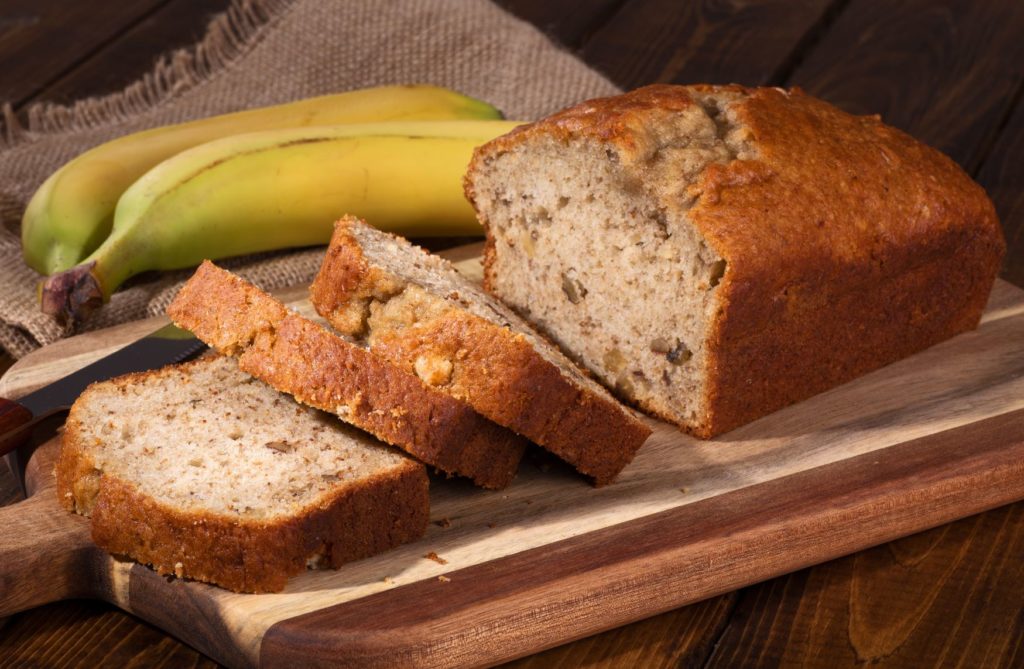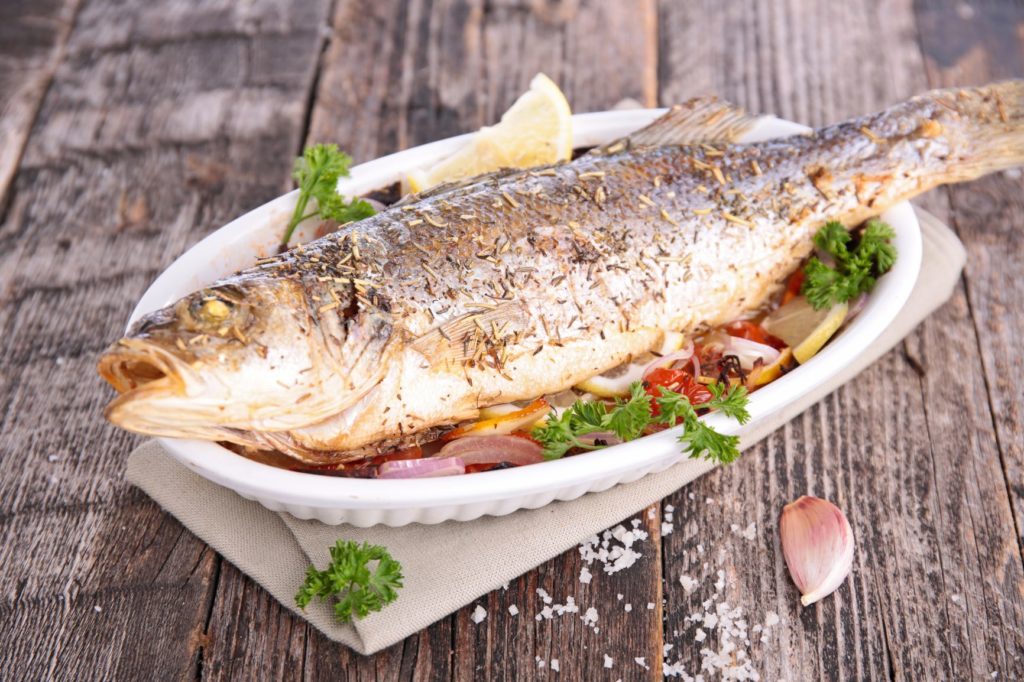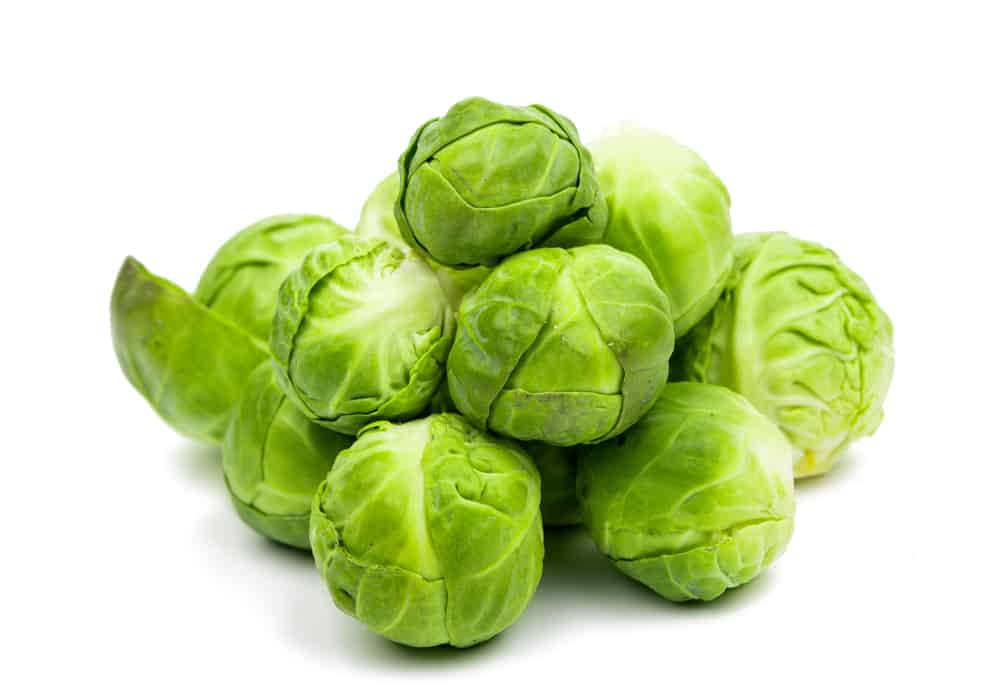Broccoli is a vegetable in the cruciferous family, like cabbage. Broccoli is a nutritional powerhouse of a vegetable, loved by bodybuilders the world over. It is incredibly versatile and makes a great addition to any dish.
Fresh broccoli tends to last for between 1 and 2 weeks. Once it has been cooked, this extends its lifespan by another 7 to 9 days. But what about if you forget when you bought or cooked it? How can you tell when it’s no longer safe to eat?
This post may contain affiliate links. Read my disclosure policy here.
Nutritional benefits
Broccoli contains more protein than most vegetables, 2.5g per 91g. If you are only looking at the dry weight of broccoli, protein makes up 29%.
Broccoli is low in calories as it is made of 89% water. Per cup, you are only looking at 31 calories. This also comes with 6g carbs and 2.4g of fiber.
Fiber is incredibly important for a healthy diet and digestive system. It can even aid weight loss efforts! Per cup of broccoli, you get 5-10% of your RDA of fiber.
It is high in folic acid, iron, and potassium. It contains a lot of Vitamins C and K. Half a cup of broccoli contains 70% RDA of Vitamin C, an antioxidant vital to keeping a healthy immune system.
Vitamin K is involved in blood clotting and maintaining bone health. Folate (folic acid) is required for cell function and tissue growth.
Potassium helps to prevent heart disease and control your blood pressure. Iron helps to transport oxygen around the body through your red blood cells.
Broccoli also contains many compounds known as carotenoids which can help your eyesight. It also has other antioxidants such as kaempferol and quercetin which keep your body in working condition.
How should you store broccoli?
The best way to store broccoli is in the vegetable crisper section of your refrigerator. We suggest wrapping it in a sealed, airtight, plastic bag to further extend the lifespan.
To make it last even longer, you can wrap the broccoli in a damp piece of kitchen paper before putting it in an open plastic bag.
You should also keep the head of broccoli whole rather than cutting it into florets. This will help it to keep for longer.
How to freeze broccoli
You can also freeze broccoli, which can extend its lifespan by an extra 6 - 8 months. We recommend blanching the broccoli before freezing to halt some of the enzymatic processes.
Cut the broccoli into small florets and blanch. Boil in a large saucepan for 5 minutes and then remove with a slotted spoon.
Immediately submerge into a large bowl of iced water to halt the cooking process.
This method will help the broccoli to retain its vibrant color and prevent it from overcooking. Dry completely with a piece of kitchen paper.
Lay out on a baking sheet lined with parchment paper in a single layer. Place in the freezer for a couple of hours, to freeze solid.
Once it has frozen, transfer the florets to a large, labeled ziplock freezer bag. Press out as much air as possible and return to the freezer.
How to defrost broccoli
The best way to thaw broccoli is to place it in the refrigerator overnight to defrost gently.
If you are looking for a faster method, place the frozen broccoli florets in a microwave-safe container. Heat on low power to thaw, and then turn the power to high to warm through.
You could also use a bowl of cold water to thaw your broccoli. Keeping the frozen broccoli in the plastic bag, submerge in water and leave to sit for a couple of hours to thaw completely.
You can place the broccoli in a non-stick pan over low heat. Add a little water and move the florets around the pan until they have warmed through.
If you are adding the broccoli to a soup or stew, you can simply add the broccoli florets in frozen. The heat of the pan will thaw and warm the broccoli florets.
How do you know when broccoli has gone bad?
Your first indication will be visual. The vibrant green color of the vegetable will begin to dull and turn yellow.
If this is just a little, you can cook the broccoli and eat it safely. If the entire head turns yellow, or you see sections that are browning, please discard them.
The smell of the broccoli will become more intense and it will begin to smell slightly spoiled and bitter. This is because of the glucosinolate compounds inside the broccoli.
As they react with the myrosinase in the broccoli, sulforaphane is created. This is what makes the bad smell. Not only will the stalk begin to wrinkle, but the leaves will also begin to wither.
If your broccoli begins to grow mold, this is a clear sign that it needs to be disposed of. Some broccoli may become slimy or white if it is left to decay for a while - do not eat this. This is a process known as putrefaction.
If you spot any black or brown spots on your head of broccoli, you can simply cut them out and continue to eat the broccoli.
The broccoli will also begin to turn limp and lose its structural integrity. If this happens, you can attempt to restore the structure of the broccoli by placing it in warm water for 10 to 15 minutes.
How to choose the best broccoli
You should look for broccoli with tightly arranged florets, that are dark green or bluish-green colored. Do not choose broccoli heads with the florets spaced out, as this is a sign the vegetable is old.
The stalk of the broccoli should be firm and light green. There should be no visual signs of damage, as this allows bacteria to enter the vegetable.
If you see any of the signs of decay mentioned above, such as yellow color, wilted leaves, or mold, avoid selecting these heads.





